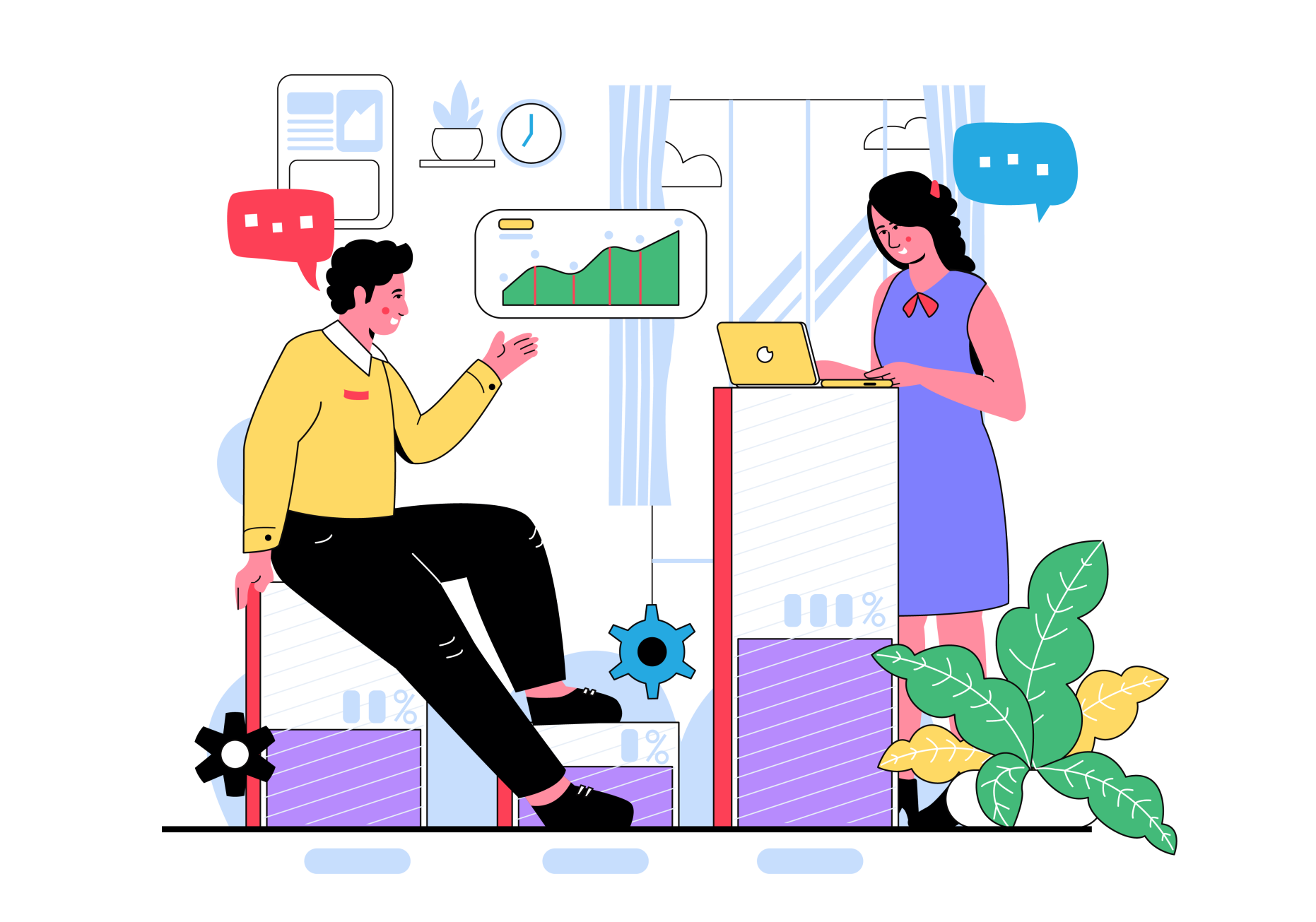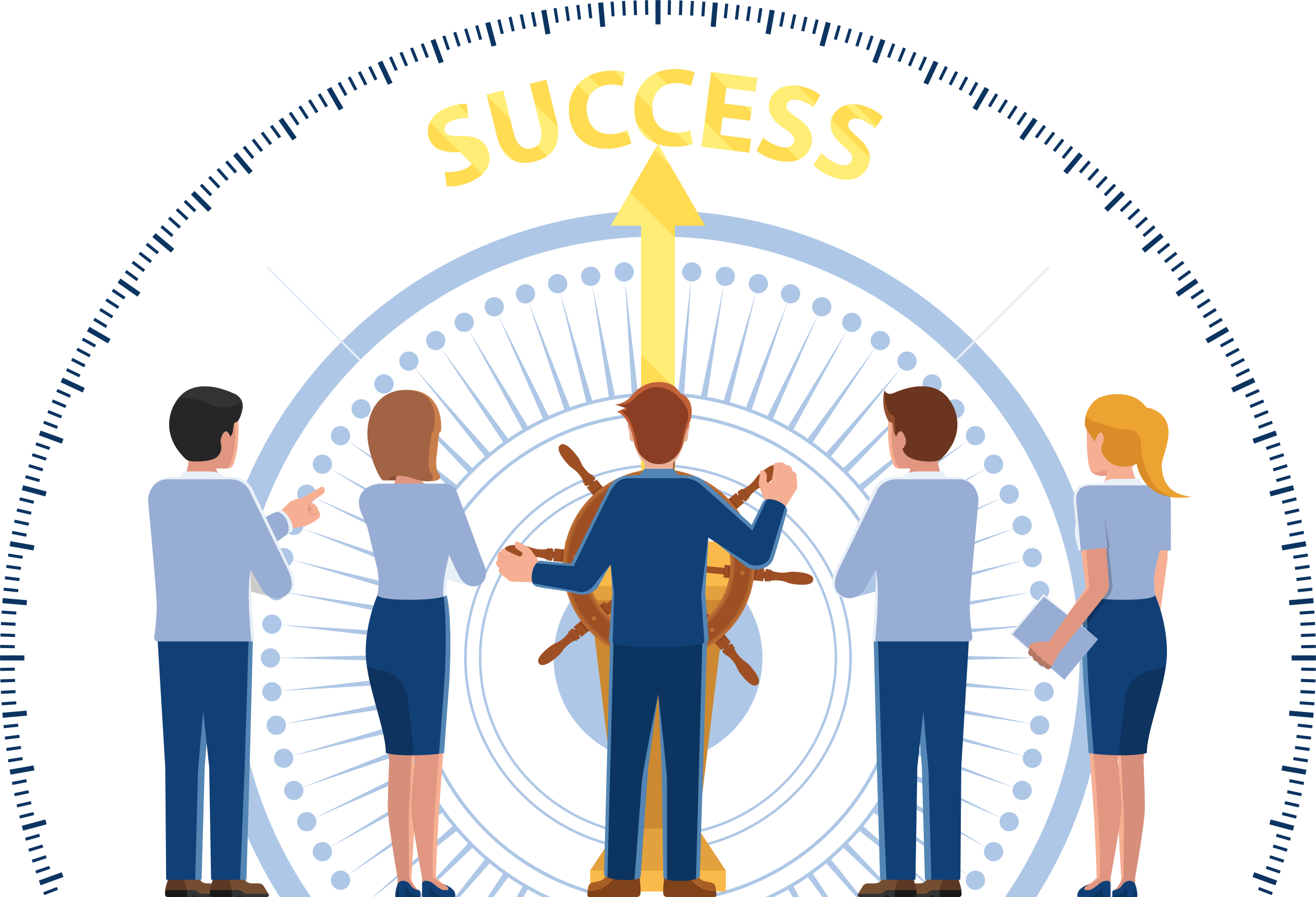The Power of Asking: Uncovering the Why Behind Customer Churn
A guest article by Carmel Granahan, Head of Customer Success and founder of Unify Success
I’m a big believer in “It doesn’t hurt to ask” no matter what the situation.
Yet the older I get the more I realise that it gets harder to just ask….but then I think back to my childhood.
When I wanted a nice treat (even if it was before my dinner) or if I wanted to go somewhere and knew it wasn’t feasible….I still asked.
90% of the time the answer was always no but there was always the chance of a yes so I took it. And yes it paid off for that 10%.
Fast forward to today, I’m over 10 years in Customer Success and this mantra still rings through – “It doesn’t hurt to ask”.
When a customer cancels their account, you just need to do this one. simple. thing.
Just ASK.
If you don’t ask, you will never find out:
- Why did they cancel?
- What did they like about your product?
- What did they not like about your product….
Strangely, there is a negative association when it comes to a customer cancelling, especially in SaaS.
And the general consensus is that churn is seen as a negative thing but why?
Bill Gates once said: “Your most unhappy customers are your greatest source of learning” and I think it’s crucial that we embrace this saying and find out the reasons why.
Yet, Customer Success Managers often shy away from asking why.
Here’s 3 possible reasons why they struggle:
1. Poor communication and relationship-building:
Building strong relationships with customers at the beginning is key to reducing churn. The Customer Success Managers who fail to establish effective relationships, maintain regular touchpoints, and provide valuable insights may find it difficult to build trust and loyalty, making it easier for customers to quietly walk away. It also makes it harder for the CSM to then reach out and find out why!?
2. Poor onboarding and training:
Implementing a solid onboarding process is crucial to set customers up for success. If Customer Success Managers fail to either organize or provide comprehensive onboarding and refresher training (especially on new releases), customers may struggle to get value from the product or service. This increases the likelihood of churn simply because they didn’t know or see the value in using it.
3. Lack of data-driven decision-making:
Customer Success Managers should leverage data and analytics to track customer behaviour, identify patterns, and proactively address potential churn indicators. Without utilising data effectively, they may miss warning signs or fail to take appropriate actions in a timely manner. And suddenly the customers have churned, much to their surprise and they may never find out why they left.
A proactive Customer Success Manager will be focused on building the relationship with the customer and making sure that they see the value in their product/service from the very beginning.
They will pick up on key signals that determine customer happiness.
Has their customer suddenly become unresponsive to calls/emails? Has there been a decrease in product usage?
Customer Success extends beyond one department; it’s organization-wide. Yet, it’s the CSM who plays a key role in uncovering why customers leave and addressing their dissatisfaction. They serve as the bridge between the company and the customer.
When a CSM is in tune with their customers, and trust has been established, they can easily spot warning signs, and customers feel comfortable openly sharing their concerns.
This happened to me on more than one occasion, usually occurring over a phone conversation. When I dug deeper I would be able to see they were using workarounds to solve a particular problem or it was a case that they outgrew the system and management wanted one global beast to be the one source of truth. Even if that beast didn’t serve my cohort very well, they were overruled by management so it was in essence out of both our hands but the important thing to note was that the communication channels were open and they felt comfortable enough to tell me.
There are many reasons why customers churn and these can vary depending on your market. Some of which are outside of your control as a CSM…
A few common ones are:
- Didn’t use it
- Outgrew your product
- Change in Management / business requirements
- Functionality missing (need to find out what?)
- Didn’t solve my problem
- Switched to a competitor
- Poor user experience
- Business closed
- Product is too expensive
- No budget
- Downturn in the economy
Creating an automated survey with the above options as dropdowns may satisfy your leadership team for a short time but that just scratches the surface. You need to deep dive to find out exactly why your very important customers left.
Here are 7 steps you can implement to find, evaluate and reduce churn in your business:
How to reduce churn in Your Business
1. Churn rate
Find out your current churn rate. What is the curve? Are there peaks and troughs?
2. Understand
Find out why customers are leaving. Pick up the phone and ASK them.
3. Track
Track the reasons they give you… (keep it simple to start)
4. Analyze
Analyse the reasons so you can identify key trends.
5. Evaluate and Present your findings
Prepare your findings and present them to your product team or senior management.
6. Take Action
Assist the product team with creating an action plan to resolve key issues (i.e. Onboarding or product enhancements)
7. Create a Churn Program
Customers churn every day so you need to find out why. It’s an ongoing process.
It’s important to make reducing churn a top priority because it directly impacts a company’s bottom line. When customers leave, it not only means lost revenue but also increased costs to acquire new customers to replace them. Furthermore, retaining existing customers tends to be more cost-effective than acquiring new ones. Reports have shown that it can cost anywhere from 5 to 25 times more to acquire new customers than it is to retain existing ones.
Additionally, loyal customers often provide valuable feedback that can drive product improvements and enhance overall customer satisfaction. Now, you can’t argue with that.








